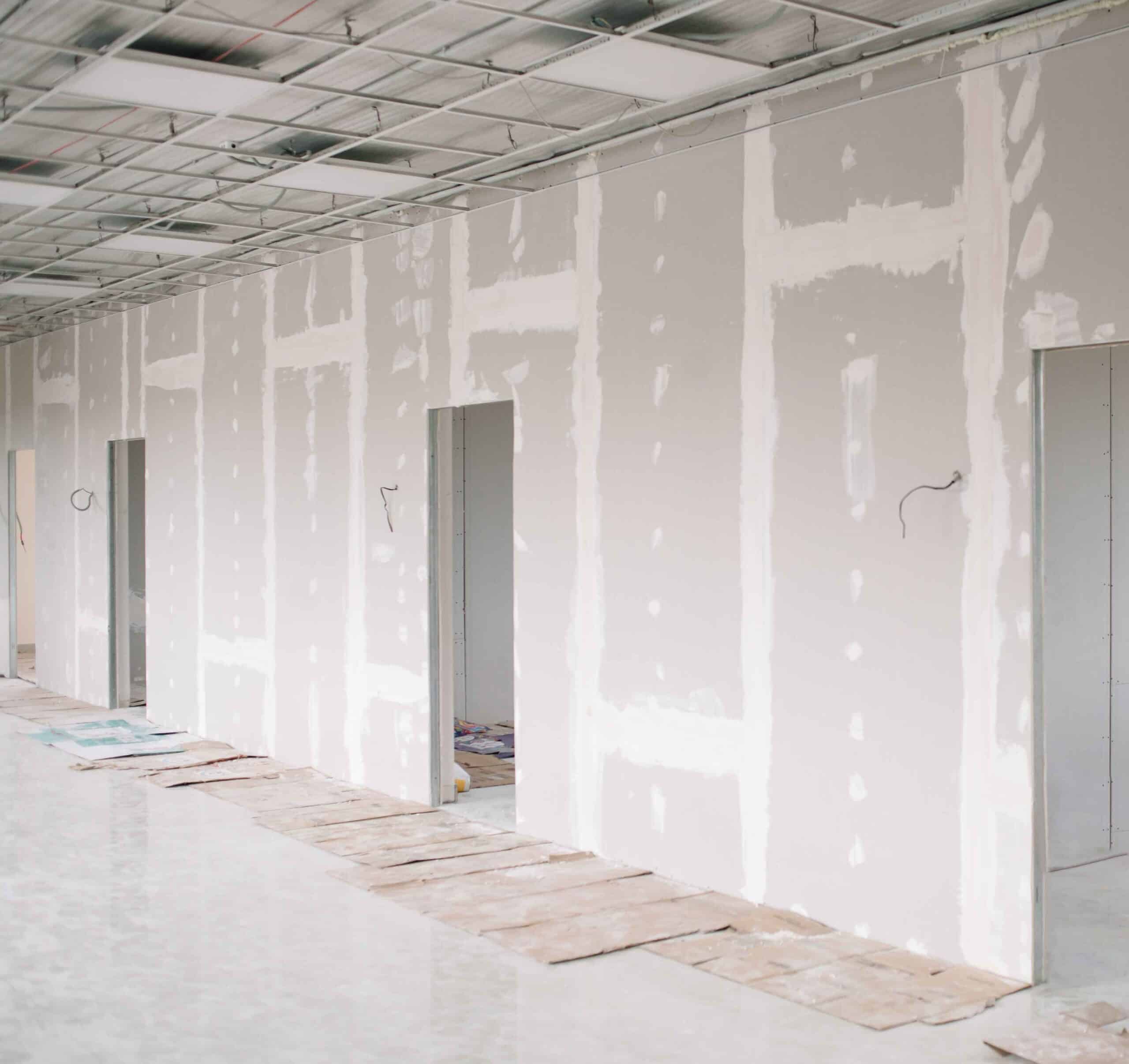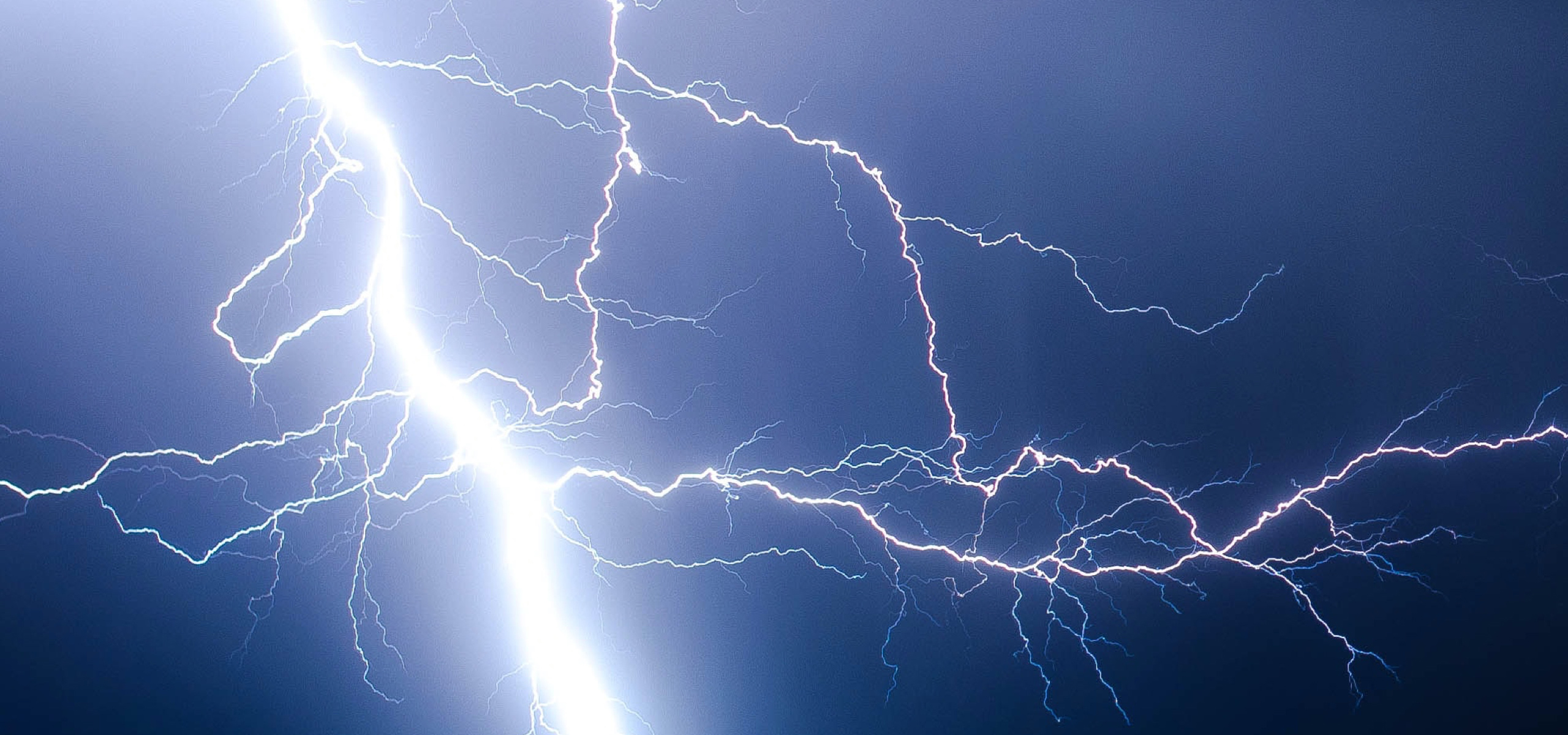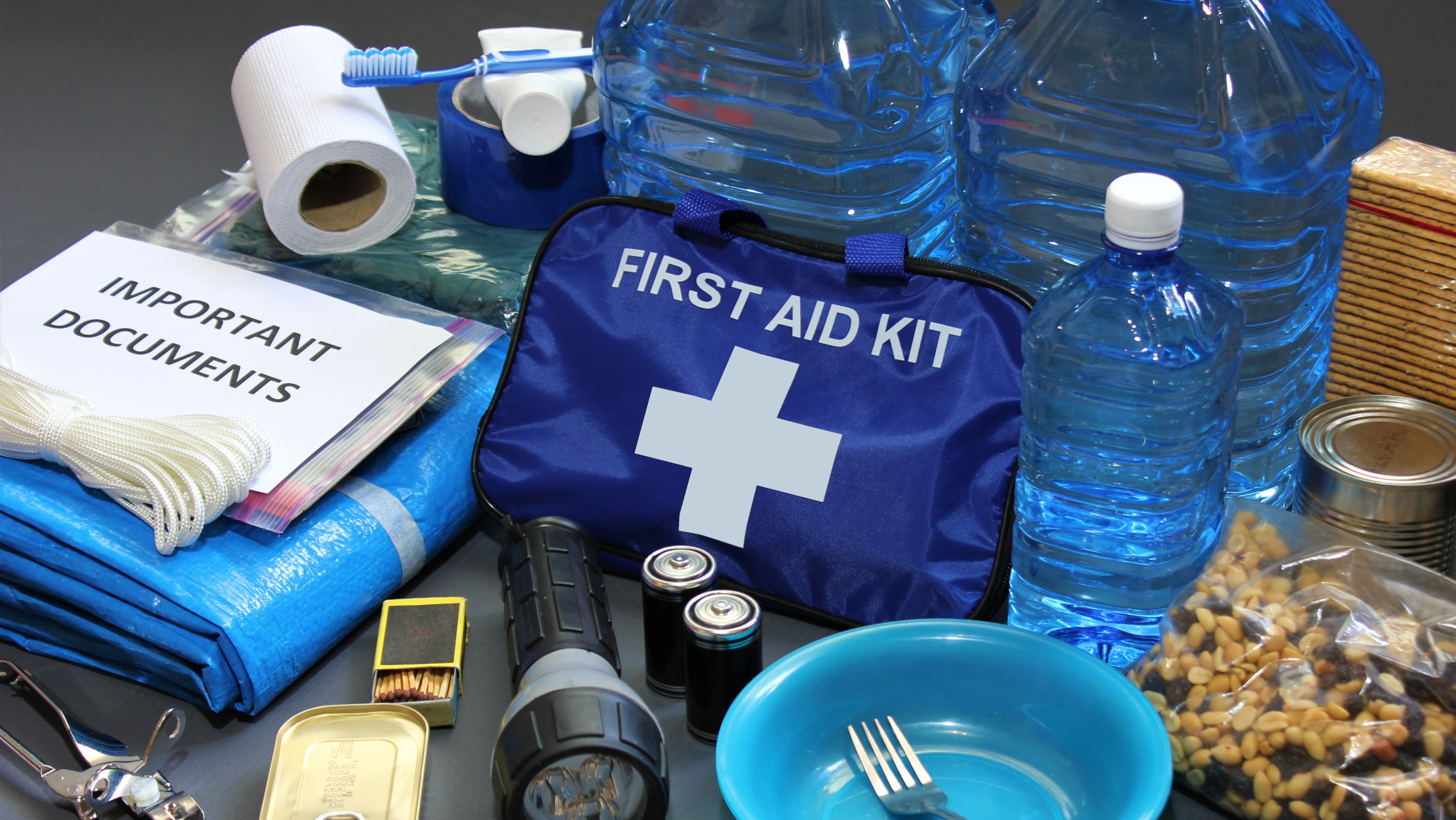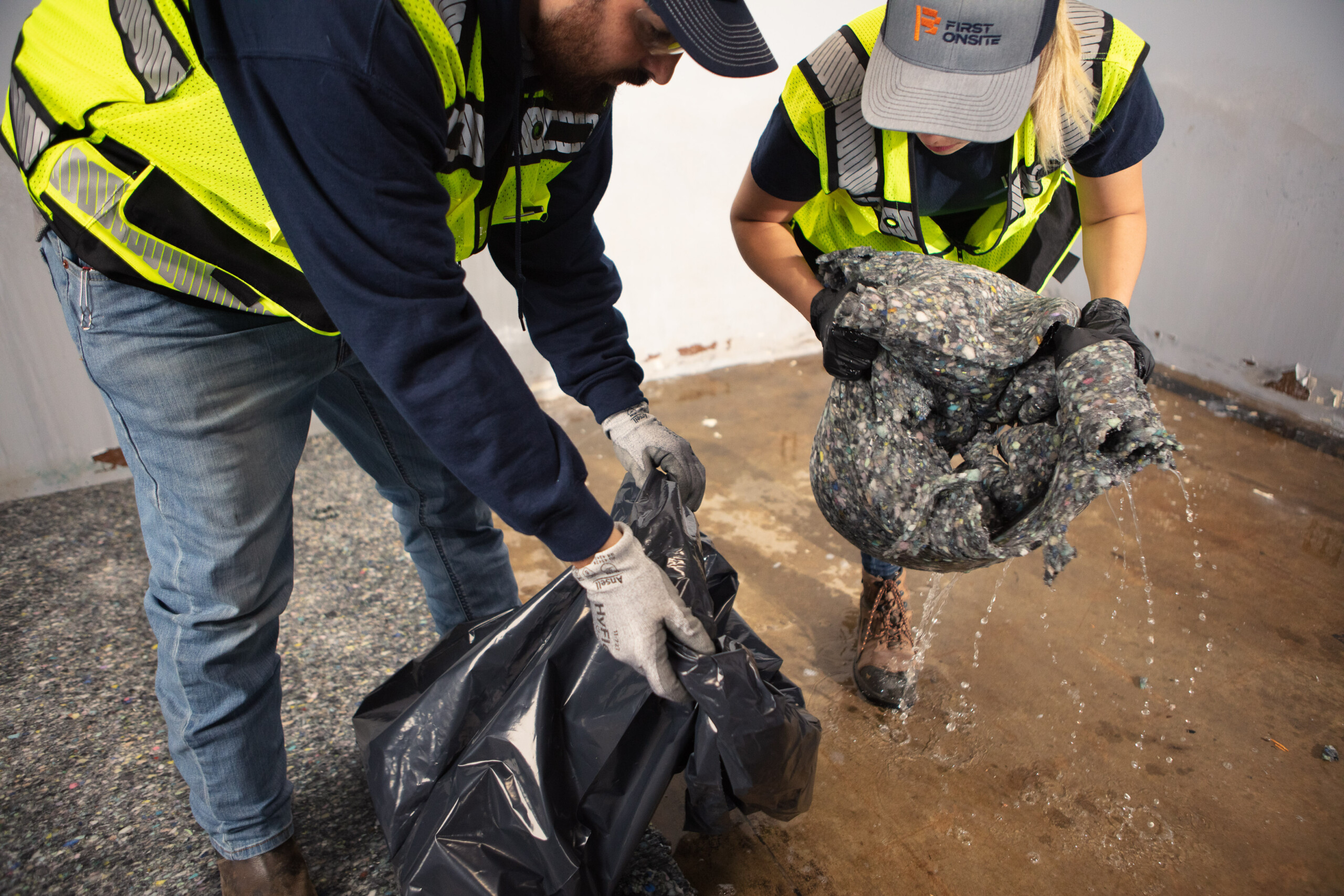Storm Damage Restoration
Storm damage from tornadoes, hurricanes, blizzards, dust, and hail can severely impact your home and business. First Onsite will work closely with property owners, facility managers, and other key stakeholders to ensure the highest levels of safety and compliance are met to restore property so you can get back to business and life.
First Onsite Storm Damage Recovery Process
Our storm damage recovery process involves mitigating existing issues, cleaning, sanitizing, repairing, and restoring your property to the state it was in before storm damage occurred. Our process includes:
Benefits of Hiring first onsite for Storm Damage Restoration
No two storms are the same, and recovering from storm damage is a complicated process. With a variety of different issues that can come up, it’s important to partner with a damage recovery company that has experience across every type of situation you will encounter. From pre-storm planning and risk assessment to emergency response and property restoration, we can help you prepare for and recover from property damage quickly.
As one of North America’s leading disaster recovery and property restoration service providers, our storm mitigation, remediation, and restoration services are available 24/7, 365 days per year. You can request our services at any time.
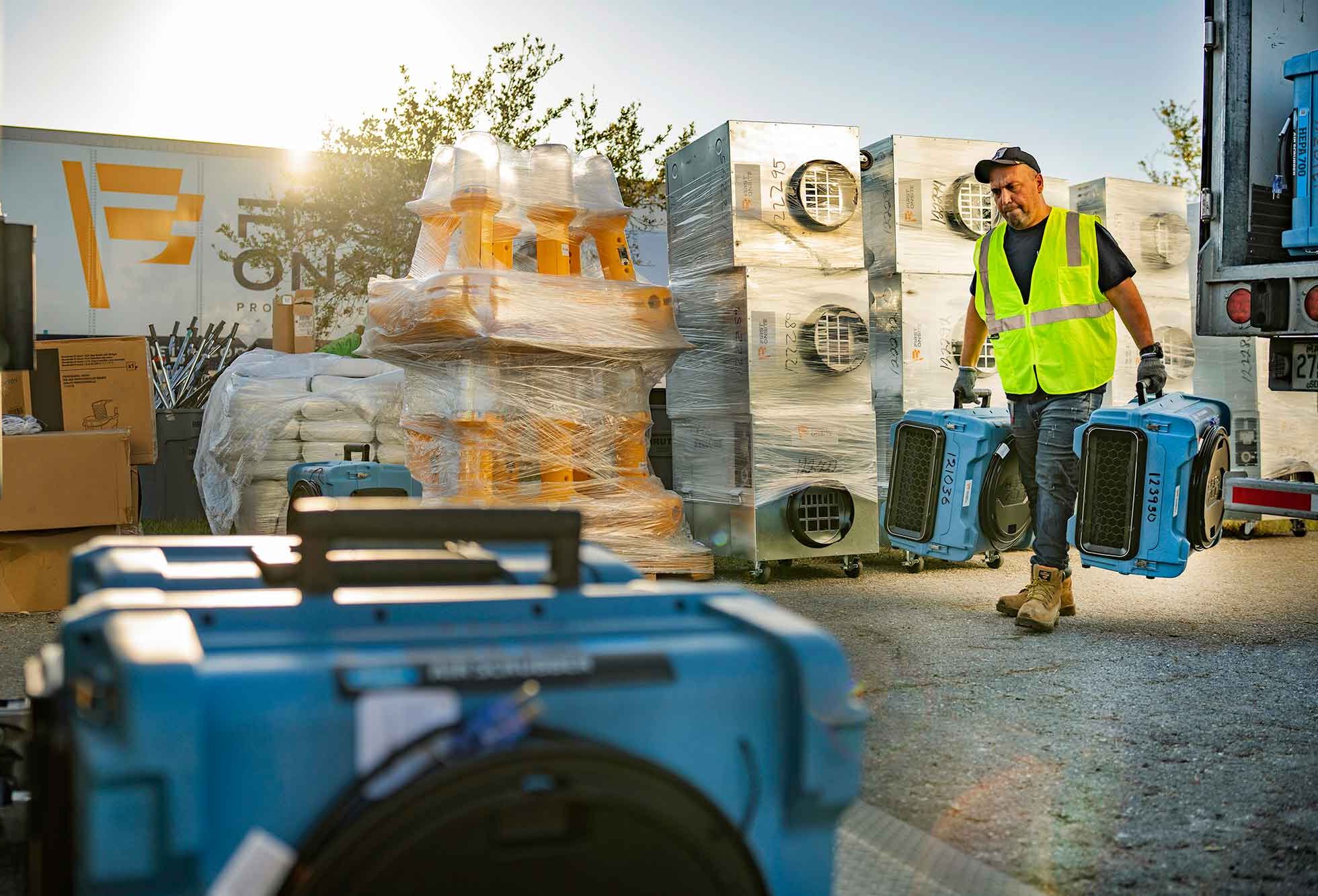
Related Services
REDUCE YOUR DOWNTIME WITH A PRE-LOSS PLAN
Creating a disaster response plan allows us to respond even more quickly and effectively. By meeting with you before any damage occurs, our teams can familiarize themselves with your property, identify important points of concern, and develop a customized plan tailored to your facility’s unique requirements. This preplanning helps us to equip you with the necessary resources to react rapidly when the need arises.
Let us help you prepare for the unexpected
When disaster strikes, knowing what to expect can make a world of difference. Discover what our specialists have to say about preparing for disaster, expediting recovery, and everything in between. We’re here to help, always.






